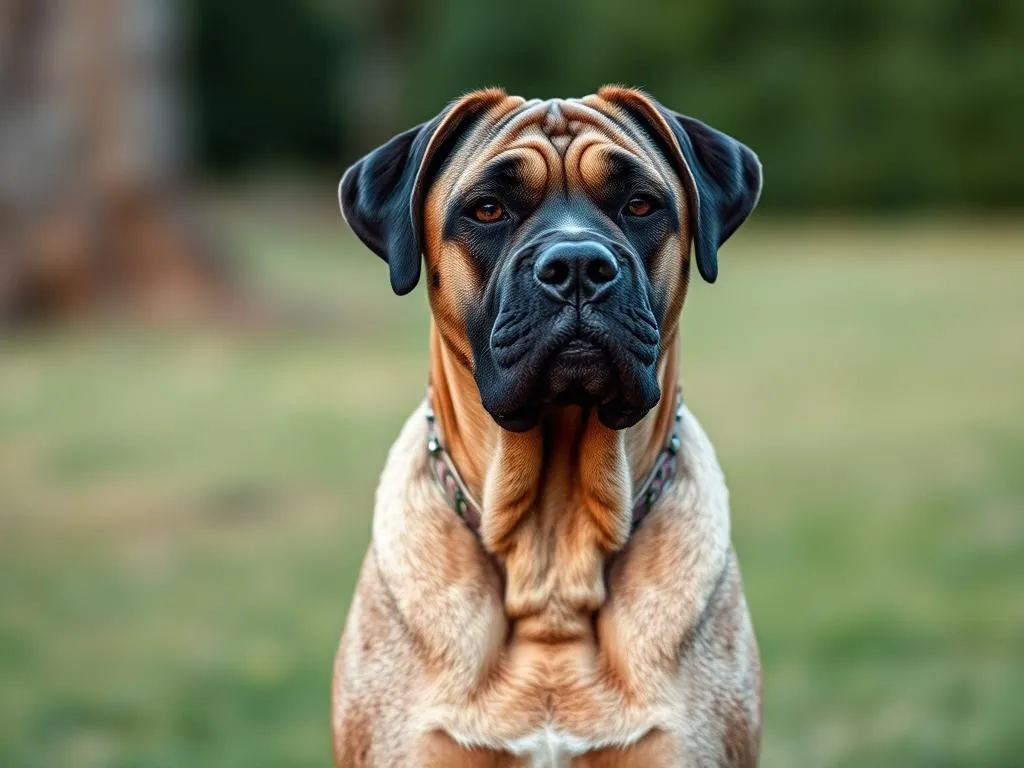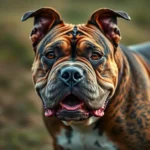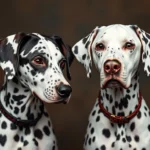
Introduction
Dog breeds are a fascinating aspect of canine diversity, showcasing a wide range of characteristics, traits, and histories. Among these breeds, two that often spark interest and confusion are the Cane Corso and the Bandog. While both breeds share some similarities in their roles as protectors and companions, they are distinct in their origins, characteristics, and classifications. Understanding the differences between these two breeds is crucial for potential owners, breeders, and enthusiasts alike. This article aims to analyze whether Cane Corsos and Bandogs (Bandogges) are the same breed, delving into their histories, characteristics, temperaments, and more.
Understanding Dog Breeds
Definition of a Dog Breed
A dog breed is defined as a specific group of domestic dogs with particular traits that set them apart from other groups. These traits can include physical attributes such as size, coat type, and coloration, as well as behavioral tendencies. Genetics and selective breeding play a vital role in establishing and maintaining these traits, ensuring that each breed possesses its unique characteristics.
Importance of Breed Identification
Identifying a dog breed is essential for several reasons. First, breed-specific traits can influence the dog’s behavior, health, and overall temperament. Knowing a dog’s breed helps prospective owners understand its needs, including exercise, training, and socialization. Moreover, breed identification can impact dog ownership, as certain breeds may have specific legal restrictions, insurance implications, or require particular living conditions.
Overview of Cane Corso
History and Origin
The Cane Corso is an ancient breed that traces its roots back to the Roman Empire. Originally bred as a guardian dog and for hunting large game, the Cane Corso was valued for its strength, agility, and loyalty. Its origins are primarily linked to Italy, where it has been used for centuries in various working roles, including farm protection and livestock herding.
Physical Characteristics
Cane Corsos are large and muscular dogs, typically weighing between 88 to 120 pounds and standing 24 to 28 inches tall at the shoulder. They possess a powerful build with a broad head, strong jaws, and a well-defined body. Their coat is short and can come in various colors, including black, fawn, and gray, often with brindle patterns.
Temperament and Behavior
Cane Corsos are known for their protective nature and loyalty to their families. They are intelligent and trainable, making them suitable for various roles, including service and therapy dogs. However, their protective instincts can sometimes lead to wariness of strangers, necessitating early socialization and training.
Health Considerations
Like many large breeds, Cane Corsos can be prone to specific health issues. Common concerns include hip dysplasia, bloat, and certain heart conditions. Their lifespan averages between 10 to 12 years, and they require regular veterinary care, a balanced diet, and consistent exercise to maintain their health.
Overview of Bandogs
History and Origin
The term Bandog refers to a type of dog rather than a specific breed. Historically, Bandogs were large, powerful dogs bred for guarding and protection. The name originates from the Old English word “bandog,” which referred to a tethered dog kept for security purposes. Bandogs can be a mix of various breeds, often including Mastiffs and other large working dogs, making their specific origins more varied than those of the Cane Corso.
Physical Characteristics
Bandogs typically exhibit a robust and muscular appearance, with size varying widely depending on their genetic background. They usually weigh between 70 to 130 pounds and can stand 24 to 30 inches tall. Their coat types also vary, with short-haired and medium-haired varieties being common. Coloration can range from solid black to brindle or fawn.
Temperament and Behavior
Bandogs are generally bred for their guarding instincts, and as such, they can be highly protective of their families. They are known for their loyalty and courage, often being reserved with strangers. However, like Cane Corsos, Bandogs require proper training and socialization to ensure they develop into well-rounded companions.
Health Considerations
Health issues in Bandogs can vary significantly due to their mixed-breed nature. Common health concerns may include hip dysplasia, obesity, and skin conditions. Their lifespan typically ranges from 8 to 12 years, depending on their breeding and care.
Distinctions Between Cane Corsos and Bandogs
Breed Classification
Cane Corsos are officially recognized by various breed registries, including the American Kennel Club (AKC) and the Fédération Cynologique Internationale (FCI). In contrast, Bandogs are often classified as mixed-breed dogs without formal recognition by major kennel clubs. This distinction is crucial for understanding their status as breeds.
Genetic Differences
Genetic traits play a significant role in differentiating Cane Corsos from Bandogs. Cane Corsos have a defined lineage with specific breed standards, while Bandogs can result from various crossbreeds. This hybridization can lead to a wider range of physical traits and temperaments within Bandogs, making them less predictable than Cane Corsos.
Practical Differences for Owners
The training requirements for Cane Corsos and Bandogs can differ due to their unique temperaments. Cane Corsos may excel in obedience and protection training due to their intelligence and eagerness to please. Bandogs, while also trainable, may require more patience and experience from their owners due to their varied genetic backgrounds. Additionally, both breeds can adapt to different lifestyles, but their needs for socialization and exercise should not be overlooked.
Are They the Same Breed?
Common Misconceptions
There are prevalent misconceptions regarding whether Cane Corsos and Bandogs are the same breed. Some people may assume that Bandogs are merely another name for Cane Corsos due to their similar appearances and roles. However, it is essential to clarify that while they share some traits, they are fundamentally different in their lineage, classification, and characteristics.
Expert Opinions
Insights from breed experts and veterinarians reinforce the distinction between Cane Corsos and Bandogs. Many trainers emphasize the importance of understanding each breed’s unique traits to ensure proper training and care. Comparisons between the two breeds reveal that while they can exhibit similar protective behaviors, their temperaments may vary significantly based on their genetics and upbringing.
Conclusion on Breed Identity
Summarizing the findings, it is clear that Cane Corsos and Bandogs are not the same breed. While they may share some physical and behavioral traits, their histories, classifications, and genetic backgrounds set them apart. Understanding these differences is crucial for prospective owners in choosing the right breed for their lifestyle and needs.
Conclusion
In conclusion, the exploration of Cane Corsos and Bandogs reveals a complex interplay of history, genetics, and breed characteristics. While both breeds have earned their place as loyal companions and protectors, they are distinct in their origins, classifications, and traits. For potential dog owners, being aware of these differences is imperative to ensure a harmonious relationship with their canine companions. Further research into dog breeds can provide valuable insights into the unique needs and characteristics of each breed, fostering a better understanding and appreciation for these remarkable animals.
FAQs
Common Questions about Cane Corsos
-
Are Cane Corsos good family dogs?
Yes, with proper training and socialization, Cane Corsos can be excellent family dogs, known for their loyalty and protective nature. -
Do Cane Corsos require a lot of exercise?
Yes, they are an active breed that needs regular exercise to maintain their health and well-being.
Common Questions about Bandogs
-
What breeds are typically used to create Bandogs?
Bandogs can be a mix of large breeds, often including Mastiffs, Bulldogs, and other working dogs. -
Are Bandogs good guard dogs?
Yes, Bandogs are known for their guarding instincts and can be excellent protectors of their families.
General Questions about Dog Breeds
-
How can I determine my dog’s breed?
DNA testing and consulting with breed experts or veterinarians can help identify a dog’s breed. -
Why is breed identification important?
Understanding a dog’s breed can help owners provide appropriate care, training, and socialization tailored to the breed’s specific needs.









